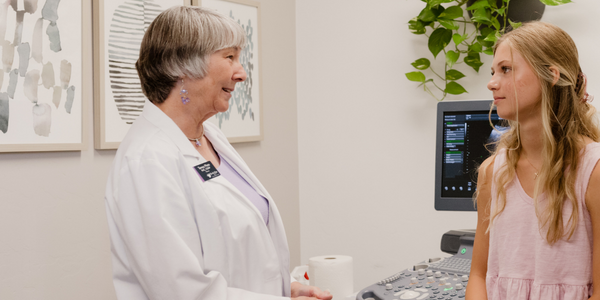In 2020, the abortion pill officially become more popular than a surgical abortion procedure (AZ Abortion Report). But what is the difference between the two?
There are only two types of abortion procedures: the abortion pill and the surgical abortion. These procedures differ in availability, cost, time, and side effects. It is best to know all the facts about each type of abortion and about all other options before deciding what to do about an unexpected pregnancy.
Medical Abortion
Medical abortions are sometimes called chemical abortions, the abortion pill, and birth control (though birth control is not an accurate name for the prescription). The medical abortion is available to women who are no more than 10 weeks pregnant. If taken after 10 weeks of pregnancy, the abortion pill can be highly dangerous.
Women may have a different experience getting a medical abortion depending on the clinic they go to. Often, a woman will go through a consultation appointment, which may include a pregnancy test and an ultrasound. Different states have different requirements for providers before they can prescribe the abortion pill. The cost of this consultation appointment may range from $500-$1200, depending on the provider and insurance coverage.

Typically, the medical abortion comes in the form of two or more doses of pills. A woman may take the first set of pills (mifepristone) in the clinic with the abortion provider, and then will usually be instructed to take the second dose of pills (misoprostol) at home about 48 hours later. This experience may vary depending on location and clinic practice.
The first dose of pills (mifepristone) cuts off nutrients from the pregnancy and stops the baby from growing. The second dose of pills (misoprostol) causes cramping and bleeding and expels the baby from the woman’s uterus. Nausea, vomiting, weakness, fever, chills, diarrhea, dizziness, and headache can all occur when taking the abortion pill.
Surgical Abortion
Surgical abortions are also sometimes called in-clinic abortions. This procedure can cost anywhere from $600-$1200, depending on the gestational age of the baby and the provider. The procedure itself may vary depending on how far along a mother is in her pregnancy. Depending on the clinic, a woman may be administered anesthesia or be put to sleep completely during a surgical abortion procedure. During the procedure, the provider will stretch the opening of a woman’s cervix, use a hand-held device to remove fetal tissue from the uterus, and may use a curette to scrape out any remaining tissue in the uterus.
Severe side effects include hemorrhage and the need for dilation and curettage (D&C) can occur with both the medical and surgical abortion. D&C is a surgical procedure requiring anesthesia, where the cervix is dilated, and a metal instrument is used to scrape out the inside of the uterus. Infection can occur if tissue is left inside the uterus.

If you think you may be pregnant and would like to learn more about each of these abortion processes, call or click here to request an appointment. Hands of Hope Tucson offers free pregnancy testing, options information, STI testing and treatment, ultrasounds, and more. Hands of Hope Tucson dos does not perform or refer out for abortion.










